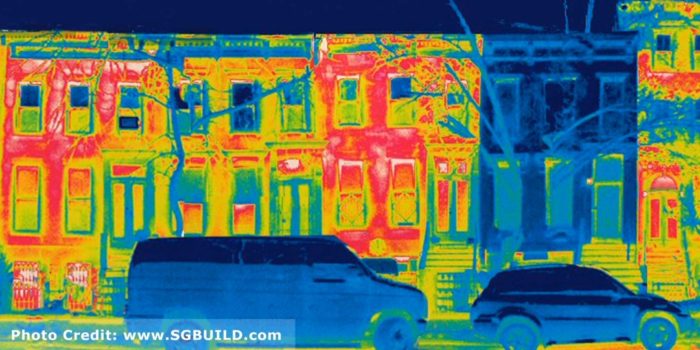
Image Credit: Sam McAfee/SGBuild
Designers are accustomed to talking about high-performance houses in a language of abstractions: R-values, triple-pane windows, and blower-door test results. We sort of get it. But this thermal image makes the dramatic difference between a Passivhaus project and conventional construction really easy to understand.
The blue rectangle in the midst of all those oranges and reds is New York City’s first certified Passivhaus project, a retrofit of a 1899 townhouse in the Park Slope area of Brooklyn. Blue is cold, meaning the exterior surfaces of the house aren’t shedding energy. Around it are houses glowing with wasted energy.
The name of the project is Tighthouse. The team responsible for Tighthouse includes project manager Julia Torres Moskovitz, the principal of a firm called Fabrica 718, and a number of collaborators. You can read more about the project at Moskovitz’s web site by clicking on the green tab under “Projects.”
One of the key requirements for Passivhaus certification in new construction is a blower-door test result of 0.60 air changes per hour at 50 pascals (ach50). Retrofits need to meet a different standard (EnerPHit) with a slightly relaxed standard of 1.0 ach50. This project came in at 0.384, Moskovitz says.
Her book about Passivhaus construction, “The Greenest Home: Superinsulated and Passive House Designs,” will be published by the Princeton Architectural Press on June 4.
Weekly Newsletter
Get building science and energy efficiency advice, plus special offers, in your inbox.





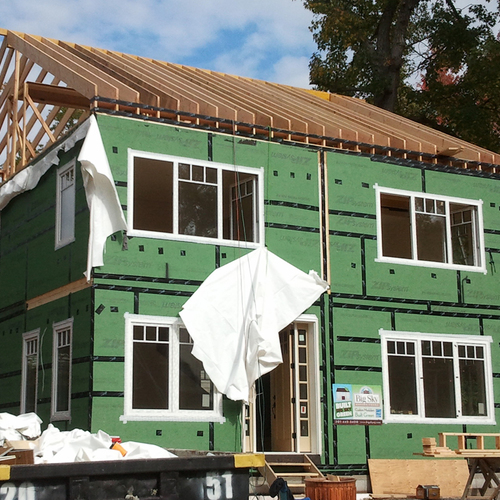
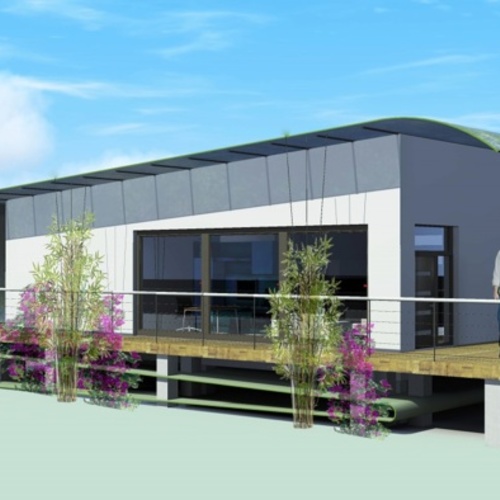
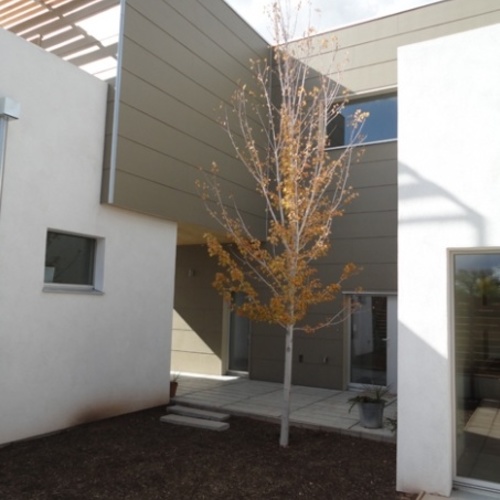
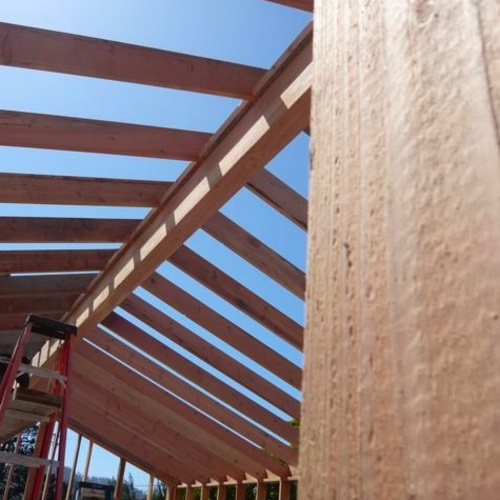






3 Comments
Great photo
I recently watched a very funny French video on passive house that was posted on Treehugger. It was funny and entertaining, but it was not nearly as effective in conveying what a passive house does as this one photo.
Thank you for sharing this.
Classic American beauty with Passive House rigor
I visited a lovely house in Bethesda, MD this week that had all the grace of a classic American foursquare design, PLUS the rigor of of Passive House certification. It had an air tightness of .48 ACH at 50 Pa, which meant it didn't need to have a conventional HVAC system at all. It had a Mitsubishi City Multi minisplit heat pump. The tour of the house really brought home the central point of Passive House to me: that you can get pretty near to net zero houses by simply reducing demand for gas and electric to a tiny amount, rather than building a leaky house and then augmenting your energy supply with renewable energy (which has a hefty up front expense). There are many ways to get to net zerio houses. The Passive House approach is just the most efficient way.
This house in Bethesda has a heating/cooling cost at about $350/year, which is incredible when you consider there was no front end expense of PVs, geothermal or solar thermal. They simply built a really efficient building envelope, so that they didn't need all that extra energy to heat and cool the home. If you haven't already seen it, here's a link to the case study: http://www.phalliance.com/media/BAhbBlsHOgZmIkIyMDExLzEyLzI2LzA5XzAzXzIxXzEyM19DYXNlX1N0dWR5XzFfQW1lcmljYW5fRm91cl9TcXVhcmUucGRm
Response to Leslie McDowell
Leslie,
Your description of the not-very-smart way to build a net-zero energy house -- "building a leaky house and then augmenting your energy supply with renewable energy" -- is a red herring. No one who designs net zero energy houses takes that approach. Instead, they all take the approach you ascribe to Passivhaus: by "reducing demand for gas and electric to a tiny amount."
Moreover, a designer of a net-zero energy house, unlike a designer of a Passivhaus, looks at the cost-effectiveness of the energy-saving measures incorporated into the house. That's why the net-zero-energy approach -- NOT the Passivhaus approach -- is actually the most efficient approach. There is no evidence to support your contention that "The Passive House approach is just the most efficient way."
For more information on this issue, see Are Passivhaus Requirements Logical or Arbitrary?
The Bethesda, MD house that you extoll is hardly an affordable model for U.S. home buyers. GBA has written two articles on the house:
The First Project in the D.C. Area to Aim for Passivhaus Certification
A Passivhaus Project in D.C. Nears Completion
The house was extremely expensive. It was listed at $1,688,000.
Log in or create an account to post a comment.
Sign up Log in